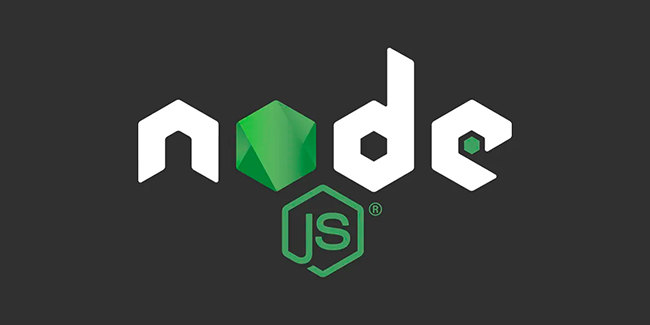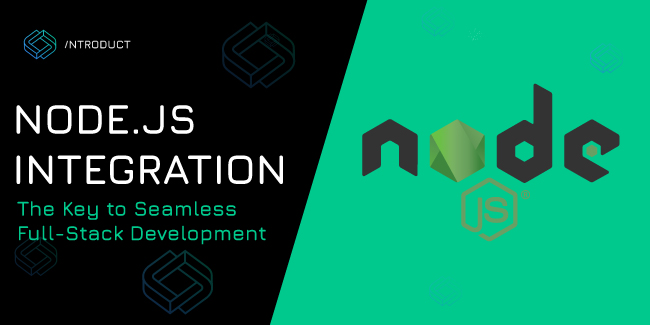

The Power of Node.js: Building Microservices


In the dynamically changing area of software development, it is important to move hand in hand with new methodologies and technologies. Today, we are going to discuss how microservices are built using Node.js — a contemporary, adaptable approach that solves many problems for a developer.
To elaborate further, Node.js microservices represent the current, more agile way to approach the wild nature of problems and changes that are part of application development. In the following chapter, we will focus on how to build microservices with Node.js. First, we are going to explain what exactly microservices are and then continue by giving guidance on how to build them most efficiently using Node.js.
Why Microservices?
Microservices offer a more favored, scalable, and robust architecture with fewer development challenges is essential. Microservice architectural style meets these needs through its scalable, resilient, and maintainable solution. As a result, this has turned into one of the best practices within the software development industry.
Microservices allow an application to be broken down into smaller, independent units of functionality. Node.js, due to its lightweight and efficient nature, has become an ideal platform for developing microservices. It has a solid package ecosystem, providing high performance on the server side for programming.
Deploying, Scaling, and Monitoring Microservices
As applications grow, developers encounter a whole range of problems related to code maintenance, fixing bugs, implementing new features, and management of user roles. All these problems are further exacerbated by monolithic architectures since even a flaw in one component can take down the entire system.
While microservices facilitate distributed systems, loose coupling of services can collaborate and thus serve user needs. This way, it ensures any fault in one component does not affect the whole application; hence, easy management and scaling.
Monolithic vs. Microservices in Node.js
We’ve already discussed the topic of microservices in our blog post earlier. Now, we’re going to find out more about their nature and Node.js.
Monolithic architecture treats all components of an application as one integral unit. While microservices facilitate distributed systems, loose coupling of services can collaborate and thus serve user needs. This way, it ensures any fault in one component does not affect the whole application; hence, easy management and scaling. Microservices break down applications into independent modules, each deployable on its own. Node.js, thanks to its event-driven and non-blocking architecture, is very effective at building dynamic, real-time applications using microservices.
Real-Life Examples
Many of the leading brands have embraced microservices architecture with Node.js. Among these are:
- Netflix: Streaming, a reliable and scalable platform using microservices.
- Spotify: Use microservices to allow the independent updating of different application components.
Benefits of Microservices in Node.js
Several paramount benefits come with Node.js microservices:
- Efficient and Scalable: Uses a single-threaded event loop and non-blocking libraries. This efficiently handles requests, processes data in chunks without buffering, and manages the number of arriving requests.
- Event-driven, fast: This notification system is implemented to receive fast results on API calls; it runs code at incredibly high speed with the V8 JavaScript Engine.
Popular Node.js Microservices Frameworks
Several frameworks are commonly used for building microservices in Node.js:
- Express.js: Flexible for handling HTTP requests and responses.
- Nest.js: Provides features like routing and caching.
- Hapi.js: Scalable with support for authentication and validation.
- LoopBack: Follows a model-driven approach to data persistence and security.
- Feathers: Good for real-time applications and REST APIs.
Building Microservices with Node.js
Follow these steps to build microservices with Node.js:
- Define Requirements: Identify your service needs and choose the right technologies. For instance, calculating distances between ZIP codes.
- Initialize Project: Install Node.js, load dependencies with NPM, and set up your project.
- Set Up Server: Create a server to handle and process requests.
- Define Routes: Establish routes to manage request and response transmission.
- Develop Controllers: Write controller logic to efficiently handle requests and responses.
- Integrate APIs: Set up external API calls to interact with third-party systems.
- Test and Execute: Ensure your code is error-free and launch your microservices application.
Conclusion
Building microservices with Node.js empowers developers to create efficient, scalable, and maintainable applications. At Introduct, we are committed to providing the knowledge and tools necessary for successful software development. For more information or assistance with Node.js microservices, reach out to our team today.
More Articles

Mastering Microservices: Best Practices for Scalability, Resilience, and Maintenance Mastering Microservices: Best Practices for Scalability, Resilience, and Maintenance
What do you know about microservices architecture? So, microservice architecture became a leading approach for developing software with some important benefits like scalability and flexibility.

Node.js Integration: The Key to Seamless Full-Stack Development Node.js Integration: The Key to Seamless Full-Stack Development
At Introduct, we take pride in our fully integrated technology partnership — from ideas, our experts guide to impactful solutions. One of the most powerful strategies that we use for full-stack development is the integration of Node.js with front-end technologies. This combination streamlines workflows, enhances performance, and delivers robust applications, making it essential for organizations […]
